In what CEO Ivan Espinosa has called “the most difficult decision of my career,” Nissan announced Tuesday that it would be shutting down its Oppama plant. The factory has been in operation since 1961 and was Japan’s first full-scale integrated assembly plant. It has been called Nissan’s “mother plant”, a “holy land” and a “sacred site”, but after decades of building iconic cars and birthing Nissan’s motorsports program, it’s coming to a sad end.
Located about 30 miles southwest of Tokyo, the Oppama plant is situated in Yokosuka, Kanagawa Prefecture, a town many Americans may know for the presence of a US Navy base. The site also includes a four-kilometer proving ground called Nissan GranDrive, wharf that can ship out 80,000 cars a month, and a crash test facility. These are expected to stay in operation.
Until the end of World War II the location was an airfield. Post-war, it became a massive scrapyard for the US military, where nearly a quarter million decommissioned Jeeps and other vehicles used in battlefields across Asia were disassembled. Fuji Motors, now defunct but best known for creating the Fuji Cabin, eventually built a factory there and helped in refurbishing many of the military vehicles for occupying US forces. In a deal with Chrysler, Fuji Motors even built licensed knock-down kits of Plymouths for a bit.
After labor disputes swept the Japanese auto industry in the 1950s, Fuji closed the factory and Nissan swept in to erect the Oppama plant in its place. When it opened in 1961, it was the first factory in Japan to use a mixed-flow, or “integrated” assembly line, which allowed different models to be built on the same line. The first two cars to emerge were a 311 Bluebird and 30-series Nissan Cedric. The two “Job 1” cars were celebrated in unison in fall of 1961.
By 1969 the Oppama plant had a full-scale wind tunnel and in 1970 it became the first Japanese factory to introduce robotic welding arms. Over the decades the plant churned out a stream of bread-and-butter models that made up a big part of Nissan’s core business. Notable ones include the Violet, Auster, Stanza, P10 Primera, Maxima, F31 Leopard, Cefiro, March, Cube, Z33 Fairlady Z, Tiida, Note, Bluebird Sylphy, Juke, Note, and Leaf.
Racing fans may know that Oppama was also the birthplace of Nissan’s motorsports program. In 1963 the R&D center within Oppama established Section 3 of the Nissan Experimental Department. Headed by section chief Yasuharu Nambu the team outfitted two Datsun 1000 cars, named Fuji-go and Sakura-go, and entered them into the 1958 Mobilgas Trial in Australia.
The two cars circumnavigated the Australian continent over 19 days and 10,000 miles, much of it unpaved, and won their class. Yutaka Katayama, the same Mr K that would eventually become the Nissan USA president during its formative years, put together the marketing plan. The cars represented Nissan’s first success in international motorsports.
The division became known as the Oppama Works, which was responsible for Nissan’s rally racing activities. They developed the cars and launched the efforts that won the Safari Rally seven times with cars such as the 510 Bluebird, 240Z, and A10 Violet 160J. Oppama continued to be an integral part of Nissan’s motorsports activities until 1984 when everything was consolidated into NISMO.
These days, the Oppama plant builds only the Note and Note Aura, operating at 60 percent of its capacity. By some accounts, production has dipped as low as 20 percent of full operations. The plant will continue to operate until the end of fiscal year 2027 (which is the end of first quarter 2028). After that, the manufacture of these two vehicles will be transferred Nissan’s Kyushu plant in Karatsu, Fukuoka Prefecture.
There was buzz that Nissan was working on a deal with Taiwanese electronics giant Foxconn to build an electric car at Oppama to keep the plant alive, but that’s apparently a no-go. As for Oppama’s approximately 2400 employees, some will be transferred to other Nissan facilities, while other will receive retirement packages. Espinosa did not rule out the possible sale of the factory.
“Oppama is a plant I have visited dozens of times and it is truly an icon of Nissan. It is a historic site, so this was the most difficult decision of my career,” Espinosa said.
The Oppama plant is one of 10 factories Nissan plans to close (out of 17 globally) in an effort to reduce overhead. The closure echoes that of Carlos Ghosn’s decision to shutter the Murayama plant — which built the Gloria, Laurel, Stagea, Skyline GT-R and more — in 2001. Murayama was home to another Nissan experimental division which built circuit cars (though it was also sometimes referred to, confusingly, as part of Oppama Works).
For 64 years the Oppama plant has produced over 17.8 million cars to help keep the lights on at Nissan. Many townsfolk around the plant have come to depend on it, and the closure will likely have many ripple effects for those mom-and-pop businesses. It’s a regrettable end for the backbone of Nissan’s manufacturing might, but hopefully the sacrifice will keep the lights on elsewhere at Nissan a little longer.






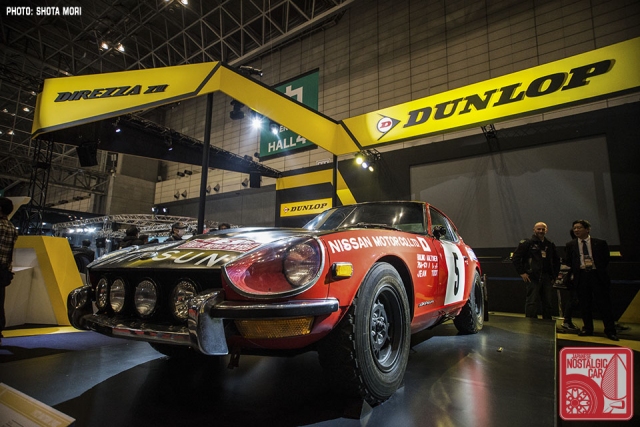


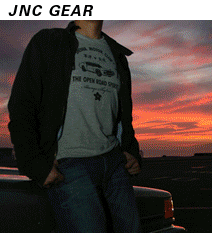
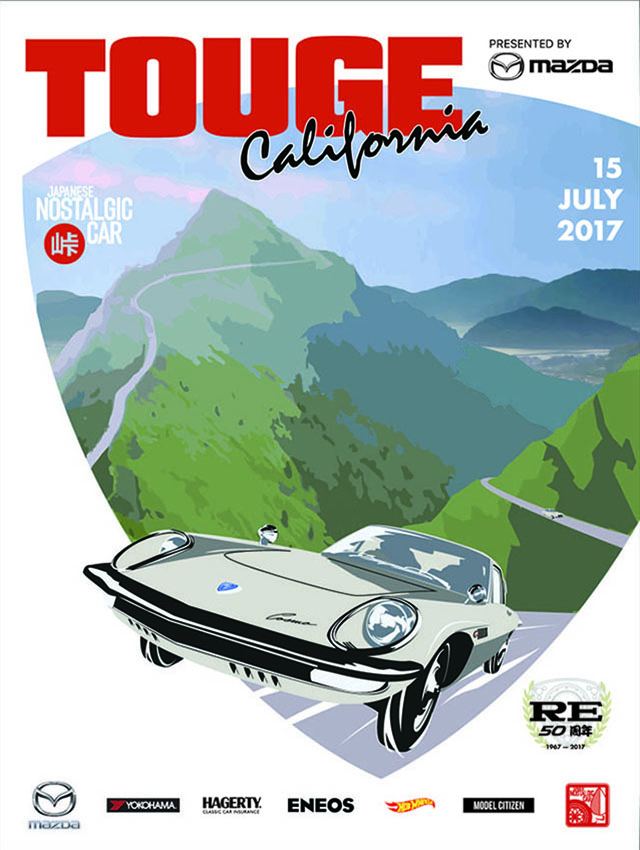
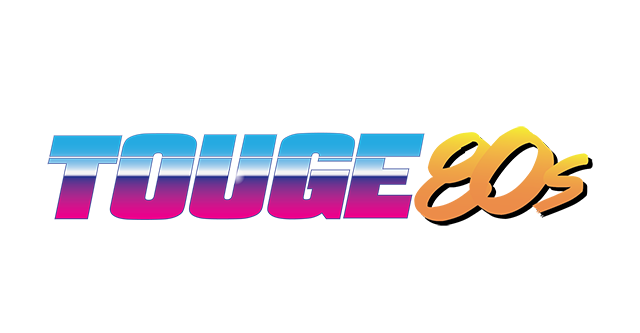
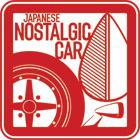
That is sad, but it is the reality of business in this capitalistic system. Things change all the time and demand drops.
Nissan and Mitsubishi Motors should have been sold to Stellantis for the same reasons that the latter’s PSA Peugeot Citroen predecessor acquired Chrysler Europe until it went out of business afterwards, which was followed by Talbot’s discontinuation in 1994.
But, for Stellantis, buying off Nissan isn’t the only option they would have manage to do, Hyundai (Motor Group) – which had connections with Mitsubishi through engineering – may have to deal with PSA’s successor so that perishing Nissan and Mitsubishi would be not just better off for Hyundai, this is given that South Korea has a troubled history with Japan, but also bringing Nossan and Mitsubishi into bankruptcy at the hands of Stellantis may even revive Chrysler and Dodge too. (Imagine reviving the 300 as a front-wheel drive-only Peugeot crossover with a Nissan V6 similar to the 300M? Anything else?)
“the Oppama plant is situated in Yokosuka, Kanagawa Prefecture, a town many Americans may know for the presence of a US Navy base.”
And a few others will know as the setting of the first Shenmue game. Shenmue fans of course also know it’s a naval base … “Excuse me, do you know any place where sailors hang out?”
I’ve always wanted to check out Shenmue. Never had a chance.
Shenmue I & II is available on Steam! The system requirements are pretty low, too. I like the gameplay (and forklift mini-game!), atmosphere, and characters of the first one better, but the story in the second one is more engaging and ends on a cliffhanger.
They’re struggling, but still failing to see the writing on the wall…
The entire industry and most enthusiasts can see the futility of their existence without a GT-R.
They spoilt the world by creating one of the best performance platforms known to humankind only to behave like it never happened. Now, they’re just pandering and trying to force-feed the public with vehicles other manufacturers have cultivated better via marketing, design and engineering.
The epitome of denial.